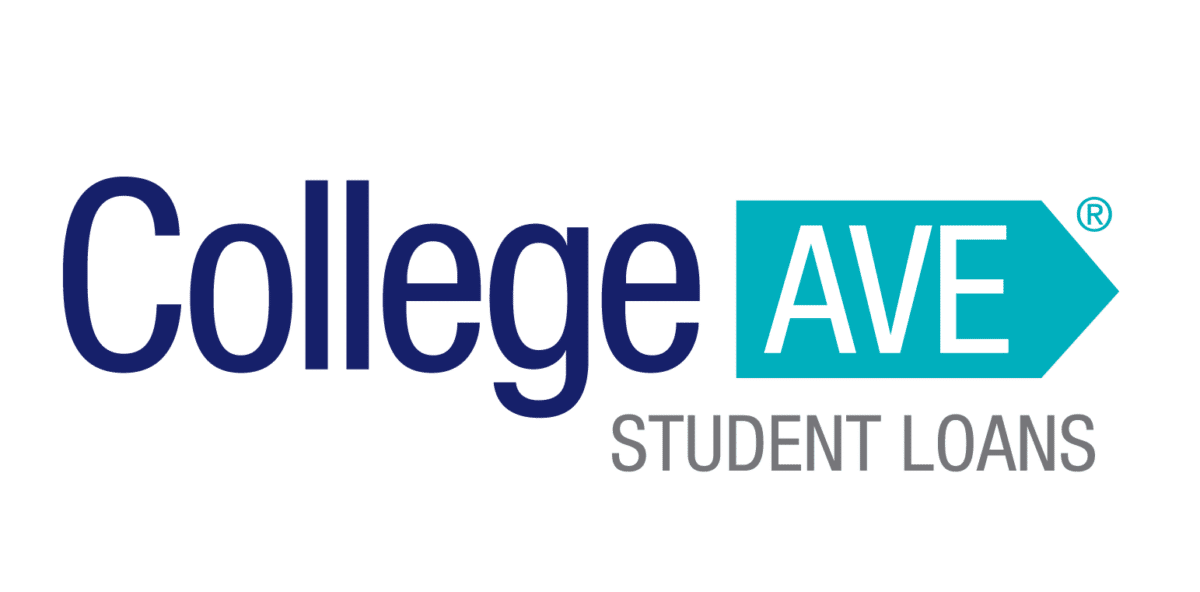
A 529 savings plan, sometimes called a “qualified tuition program”, is a savings vehicle that allows you to put away money for your child’s college education. This savings option provides tax benefits, like tax-free earnings and withdrawals.
However, to take advantage of those tax-free 529 distributions, qualified education expenses are required. Read on to learn more about the different “qualified higher education expenses” that 529 funds can be used toward.
Qualified higher-education expenses for 529 plans
Many educational expenses are considered qualified expenses. However, it’s important to confirm whether 529 funds are used for a qualified purchase to avoid surprise taxes and penalties. To be eligible for tax-free 529 distributions, qualified education expenses must only be used for certain things. Here’s what is considered a 529 qualified expense.
Tuition costs
529 eligible expenses, of course, include tuition. Any tuition costs related to the beneficiary (your child or person the account is designed for) are covered. Although many people use 529 funds for college tuition, up to $10,000 each year can also be used to pay for private elementary, middle or high school tuition.
Fees
Higher education often comes with various fees, like administrative fees, activity fees and more. Each college charges a different set of fees, but these expenses are a part of the college package. So whatever fees your child's school charges, it’s covered by 529 savings funds. That way your child won’t be hit with annoying fees that can add up.
Books
Going to college and taking classes requires purchasing textbooks. In some cases, students can spend a lot, buying new books for every class. In fact, the most recent College Board data for the 2019-2020 academic year showed that undergrad students spent $1,240 on books. Books are considered qualified higher education expenses, so 529 funds can cover the cost, tax-free.
Supplies and equipment
If your college-bound student needs special supplies or equipment for a course, this is among the list of 529 allowable expenses. For example, if your child is taking a science lab and needs a dissection kit, or is enrolled in an art sculpture class and needs sculpting clay, the money from a 529 savings account can be used.
Special needs services
If the beneficiary on the 529 account has special needs, the funds in the account also cover any special needs services required at the school. Some special needs services might include note taking, sign language interpretation, sound amplification aids, and more.
Room and board (with special requirements)
It’s possible to use a 529 disbursement for room and board, but only if specific requirements are met. According to IRS.gov:
“The expense for room and board qualifies only to the extent that it isn't more than the greater of the following two amounts.
- The allowance for room and board, as determined by the school, was included in the cost of attendance (for federal financial aid purposes) for a particular academic period and living arrangement of the student.
- The actual amount charged if the student is residing in housing owned or operated by the school.
You may need to contact the eligible educational institution for qualified room and board costs.”
Confirm the specific room and board costs that were in your child’s financial aid package. Off-campus housing costs that exceed the “room and board” amount in a financial aid package, for example, won’t be covered. To qualify for this expense, the beneficiary also needs to be enrolled in school at least half-time.
Computer
Having a computer is a must for a college student, and luckily a computer is a 529 qualified expense. Computers, and related equipment and internet connection are covered by the 529 funds so long as it is primarily used for educational purposes.
Student loans
On top of tuition costs, it’s possible to use 529 funds to pay for student loan debt. Up to $10,000 of 529 savings can be applied toward this expense. Parents can also apply 529 funds to student loans for the sibling of the primary beneficiary.
What’s not considered 529 allowable expenses?
Being eligible for tax-free 529 distributions, qualified education expenses must meet certain requirements. When it comes to 529 savings plans, there are a number of things that aren't covered. Here are some of the exclusions that aren’t 529 allowable expenses.
Health insurance and medical fees
Unfortunately, 529 funds don’t cover health insurance for the beneficiary. The good news is that your child can be on your health insurance until age 26. It also doesn’t cover any other types of medical fees.
Transportation and travel
If your child takes the bus to school, uses Uber or pays for a campus parking permit, it has to be out of their own pocket. A 529 also doesn’t cover any travel costs. For example, it can cover study-abroad programs, but not any of the travel related to it.
Sports or extracurricular activities
Sports and extracurricular activities are also excluded and don’t qualify. If your child joins a sports team or engages in a club or hobby on-campus, it won’t be covered as an allowed 529 expense.
529 savings plan and your taxes
As noted above, your money and withdrawals are tax-free with a 529 savings plan — if it’s used for the qualified expenses listed above. If the money is used for an expense that’s not qualified, you might have to pay federal and state income tax, as well as a 10% penalty.
When you take withdrawals from your 529 account, you’ll receive a special tax form, 1099-Q. The 1099-Q form reports the account’s total distributions and its earnings. You don’t have to include your earnings on your taxes. In many cases, the distributions don’t need to be reported if funds were used for 529 qualified expenses.
But if your distributions exceed the amount for qualified higher education expenses, it could be taxable.
According to the IRS, “Distributions aren't taxable when used to pay for qualified higher education expenses (including tuition at an elementary or secondary public, private, or religious school).
However, if the amount of a distribution is greater than the beneficiary's qualified higher education expenses (including tuition at an elementary or secondary public, private, or religious school), a portion of the earnings is taxable.”
If there are withdrawals that are taxable, you’d report it on Form 1040. You’d also use Form 5329 as part of the 10% penalty when filing your return. Your contributions aren’t deductible on a federal level, however, your state might offer some tax benefits.
How to withdraw funds for a qualified expense
When it’s time to use the funds in your 529 and you want it to count as a qualified expense, the best course to take is to send the funds directly to the school. Typically, you could send it to your student, but sending it directly to the school can streamline the process.
You can submit a Withdrawal Request form from your 529 plan administrator. You might also be able to complete this form online. It’s best to spend the withdrawn money in the same tax year. Be mindful about the timing of your withdrawals since the fall and spring semesters fall on two different tax years.
Get in touch with a tax professional who can help you along the way. Be sure to keep all 529 expense receipts, too.
Remember, many distributions don’t need to be reported if they’re a qualified expense, but you’ll want to keep any 1099-Qs for your records. Being meticulous with record keeping and sending funds directly to the school can help you stay on track.
Qualified education expenses 529 plan FAQ
To pay for college using 529 funds, you need to get in touch with your 529 administrator. You likely can submit a Withdrawal Request online or via mail. You have the option to send funds to the beneficiary or directly to the school.
Keep receipts for 529 expenses and any 1099-Q forms you receive. When it comes to qualified education expenses, 529 receipts can help verify funds were used properly, if asked later on. If the IRS audits you or needs more information, you’ll be ready.
If your child decides not to pursue college, you might be able to use the 529 funds yourself. It’s possible to change beneficiaries and put yourself as the beneficiary. However, you’d still need to use the funds for 529 qualified expenses. If you withdraw the money for other reasons, you’re subject to taxes and a 10% penalty.
No, a 529 savings fund can only be used for qualified higher education expenses, like tuition, fees, supplies, and equipment. It doesn’t cover health insurance.
| Lender Name | Lender | Offer | Learn more |
|---|---|---|---|
| Sallie Mae |

|
Competitive interest rates.
|
Fixed 4.50 - 15.69%
Variable 6.37 - 16.78%
|
| Earnest |

|
Check eligibility in two minutes.
|
Fixed 4.67 - 16.15%
Variable 5.87 - 18.51%
|
| Ascent |

|
Large autopay discounts.
|
Fixed 4.29 - 16.76%
Variable 6.24 - 16.60%
|
| College Ave |

|
Flexible repayment options.
|
Fixed 4.07 - 16.49%
Variable 5.59 - 16.85%
|
